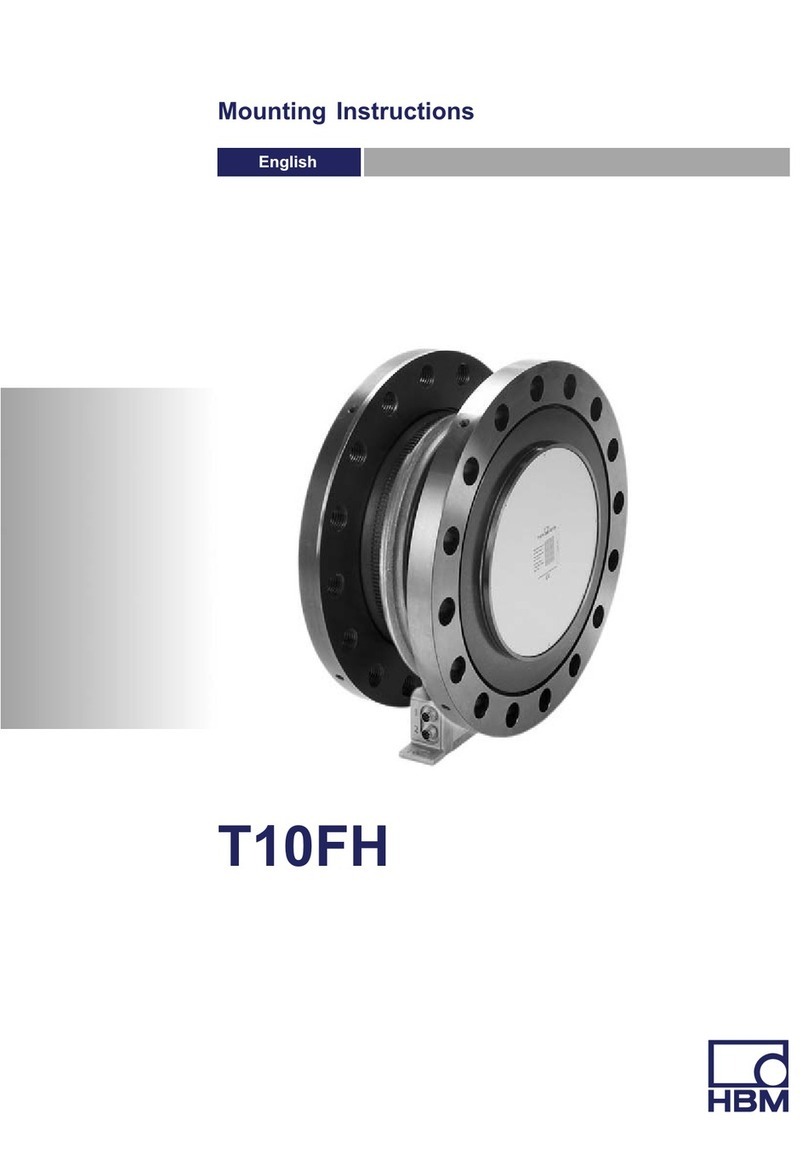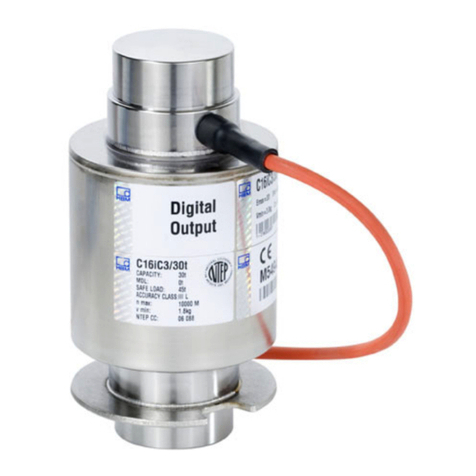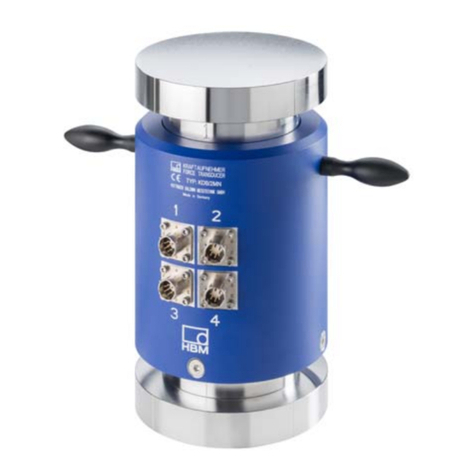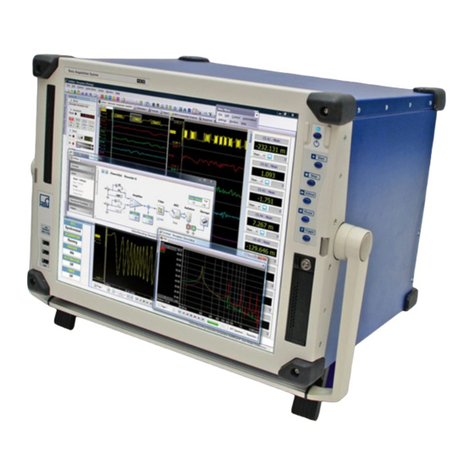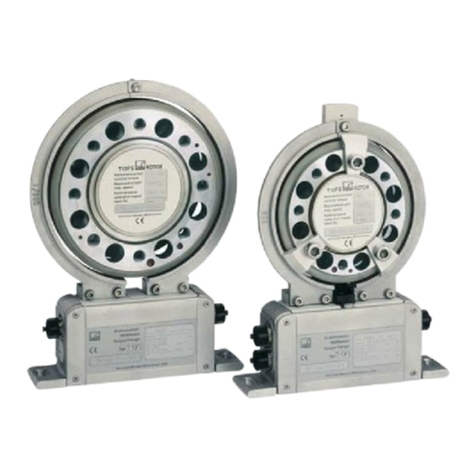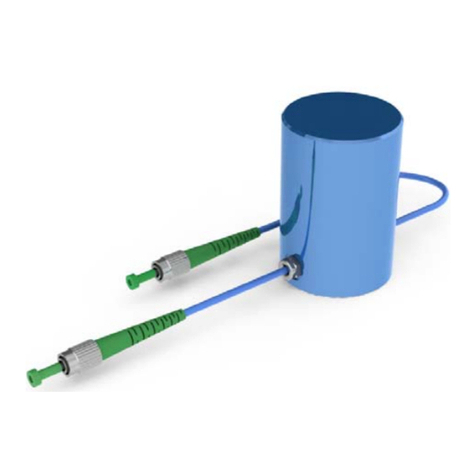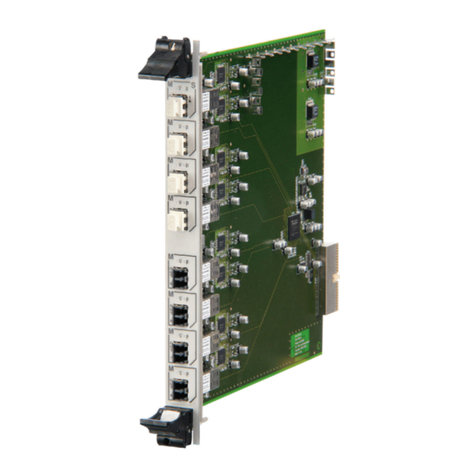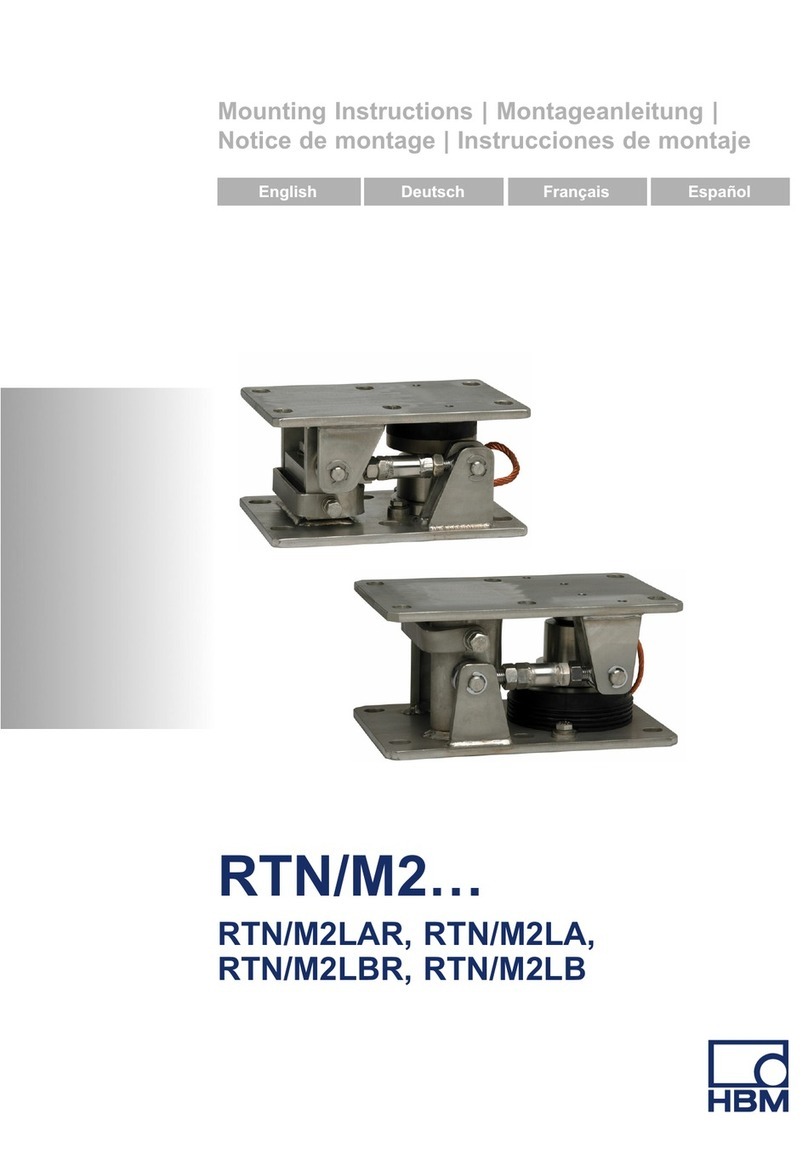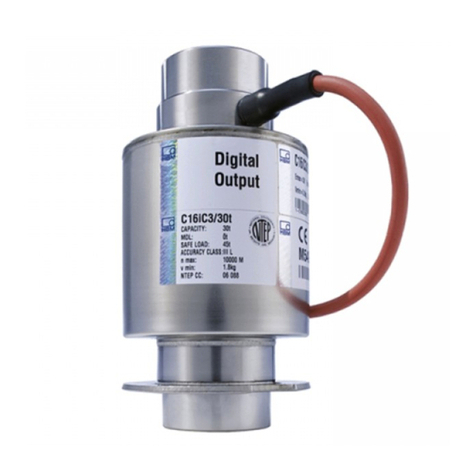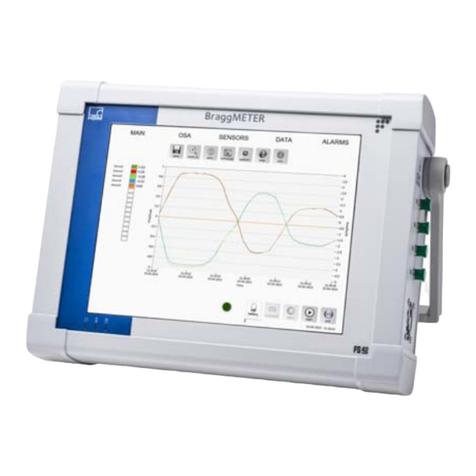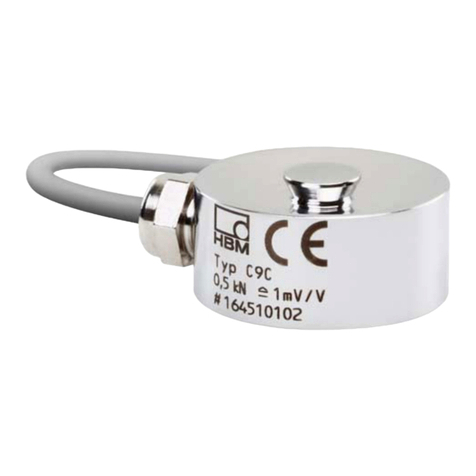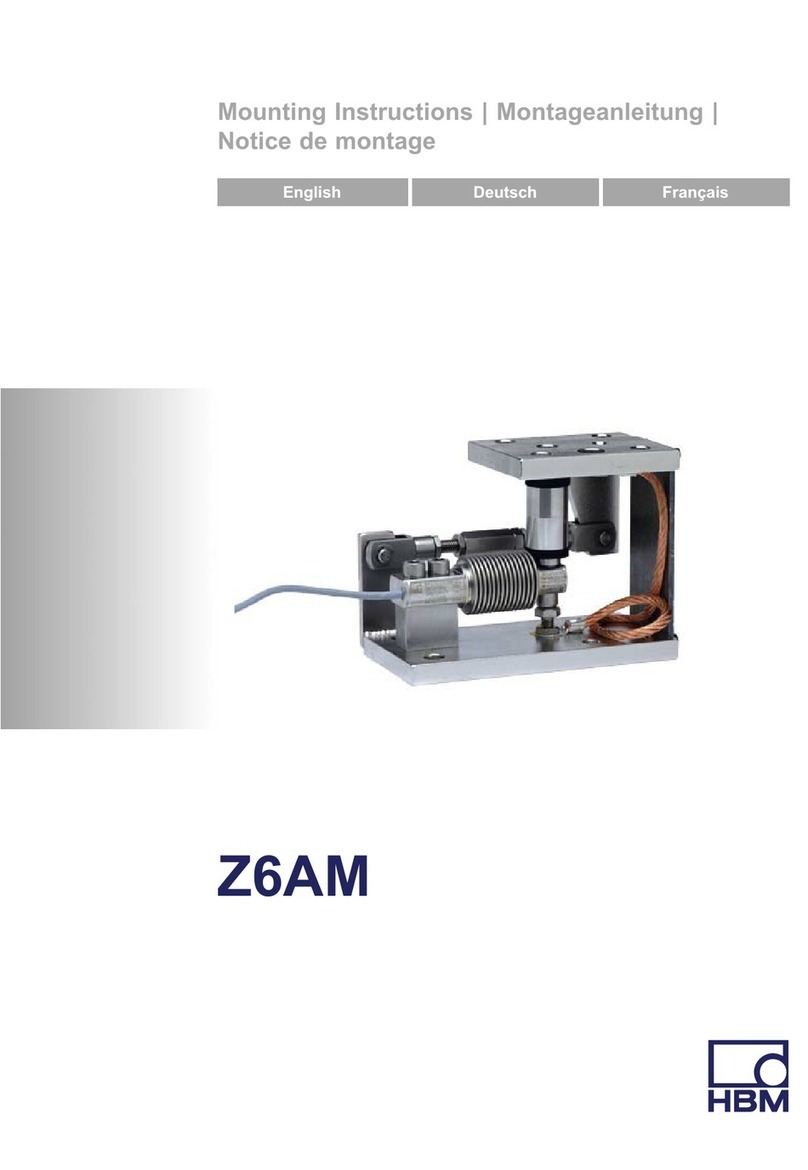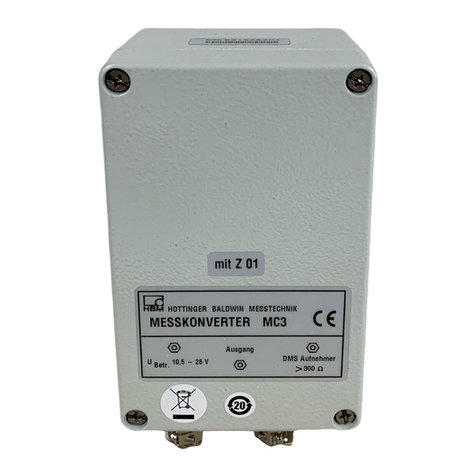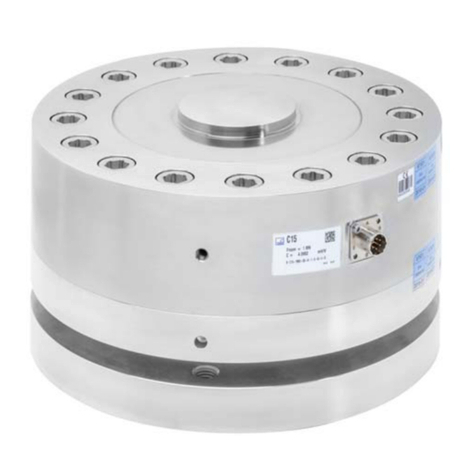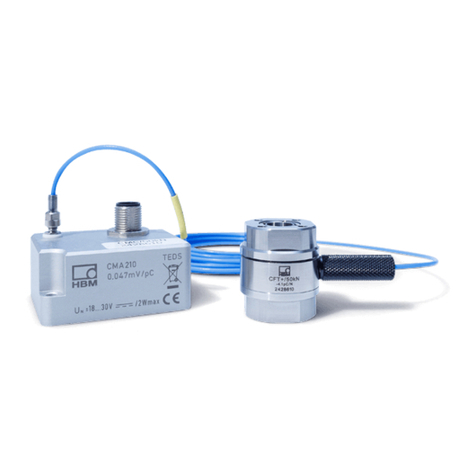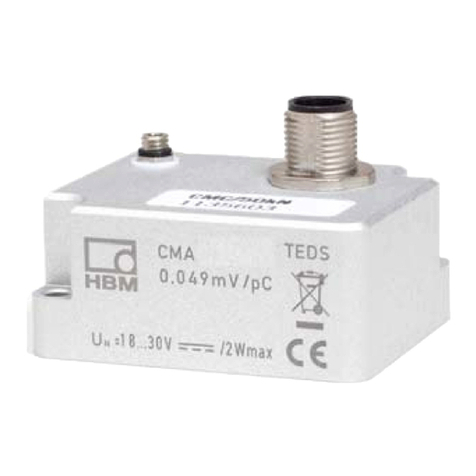
Safety instructions
HLC / HLC-P A01130_07_Y00_00 HBM: public 3
1 Safety instructions
In cases where a breakage may cause injury to persons or damage to equip
ment, the user must take appropriate safety measures (such as fall protection,
overload protection, etc.). Safe and trouble‐free operation of the load cells re
quires proper transportation, correct storage, assembly and mounting as well
as careful operation and maintenance.
It is essential to comply with the relevant accident prevention regulations. In
particular you should take into account the limit loads quoted in the specifica
tions.
Use in accordance with the regulations
HLC type load cells have been designed for weighing applications. Use for any
additional purpose shall be deemed to be not in accordance with the regula
tions.
To ensure safe operation, the load cells should only be used as described in
the Mounting Instructions. It is also essential to observe the appropriate legal
and safety regulations for the application concerned during use. The same
applies to the use of accessories.
The HLC load cells can be used as machine components (e.g. with tank
weighing). Please note in these cases that, in order to provide a high sensitiv
ity, the load cells have not been designed with the safety factors normally
applied in machine design. The load cell is not a safety element within the
meaning of its use in accordance with the regulations. The measuring signal
processing electronics has to be designed in such a way that with a measuring
signal failure no damages can occur.
General dangers due to non‐observance of the safety instructions
The HLC load cells correspond to the state of the art and are fail‐safe. The
load cells can give rise to residual dangers if they are inappropriately installed
and operated by untrained personnel.
Everyone involved with the installation, commissioning, maintenance or repair
of a load cell must have read and understood the Mounting Instructions and in
particular the technical safety instructions.












